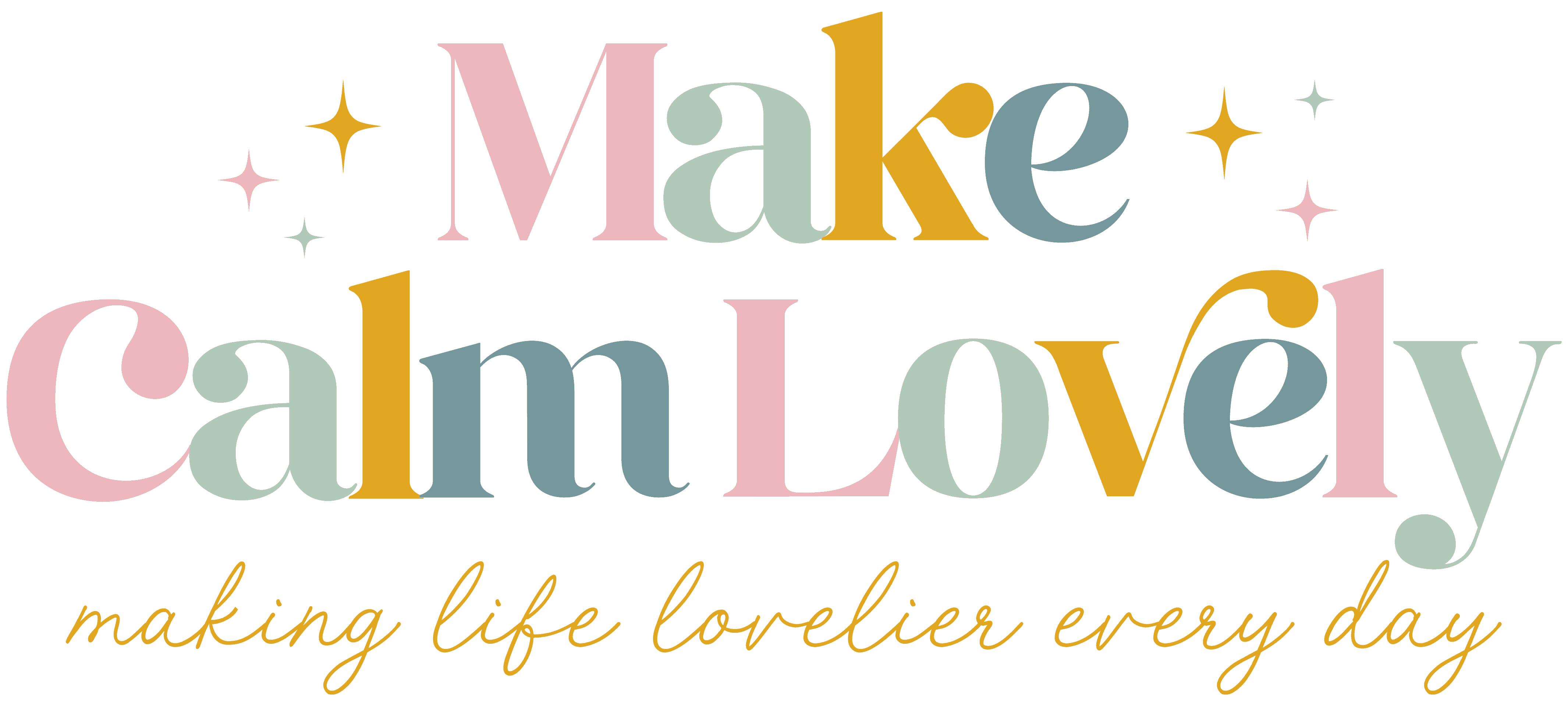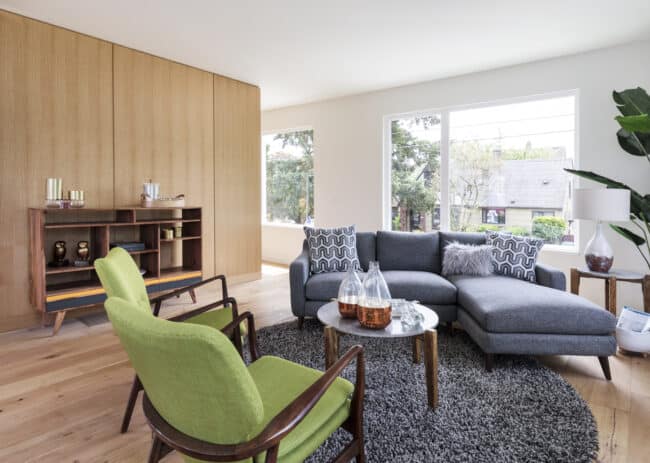Mid Century Modern Interior Design Style 101
Mid Century Modern design is iconic design that is having a comeback right now. Learn all about this style of design, what it consists of, and how to get it in your own home!
What is Mid Century Modern Design?
Mid-Century Modern (MCM) design is an influential design movement that emerged in the mid-20th century, roughly spanning from the mid-1930s to the mid-1960s.
Mid-Century Modern design is characterized by a distinct aesthetic that emphasizes clean lines, simplicity, functionality, and a harmonious blend of form and function.
MCM design encompasses various aspects, including architecture, interior design, furniture, and decorative arts.
Here are some key features and elements of Mid-Century Modern design:
- Clean Lines: MCM design is known for its clean, straight lines and organic curves. It avoids ornate or excessive detailing, focusing on minimalism and simplicity.
- Functional Design: Functionality is a central principle of Mid-Century Modern design. Furniture and other objects are designed with a purpose in mind, often featuring innovative and space-saving solutions.
- Natural Materials: MCM designers frequently used natural materials such as wood, especially teak and walnut, as well as metal, glass, and plastic. These materials contributed to the clean and uncluttered look of the design.
- Open and Airy Spaces: Mid-Century Modern architecture often features open floor plans and large windows that bring the outdoors in. This promotes a sense of space and light within interiors.
- Iconic Furniture: MCM design is renowned for its iconic furniture pieces. Designs by notable designers like Charles and Ray Eames, George Nelson, Eero Saarinen, and others produced timeless classics such as the Eames Lounge Chair, the Tulip Table, and the Noguchi Coffee Table.
- Bold Use of Color: While MCM design is known for its neutral color palette, it also incorporates bold, saturated colors in accents, upholstery, and decor to add visual interest.
- Atomic and Space-Age Influence: The mid-20th century was a time of fascination with the atomic and space-age themes, and this influence can be seen in some MCM design elements, such as the use of atomic motifs and futuristic shapes.
- Minimalistic Decor: Decor in Mid-Century Modern interiors is typically understated, with an emphasis on functionality and a lack of clutter. Items like abstract art, geometric patterns, and well-chosen accessories may be used to add personality to the space.
- Integration of Nature: Many MCM designs seek to incorporate nature into the living environment. This is achieved through large windows, indoor plants, and the use of natural materials.
- Timelessness: One of the defining characteristics of Mid-Century Modern design is its timelessness. Many MCM pieces created in the mid-20th century are still highly sought after and relevant in contemporary interior design.
Mid-Century Modern design has left a lasting impact on the world of design and remains popular today for its timeless appeal and the way it seamlessly integrates with modern interior aesthetics.
Its combination of functionality, clean lines, and iconic furniture pieces continues to inspire and influence designers and homeowners alike.
Mid Century Modern Color Scheme
Mid-Century Modern (MCM) color schemes typically feature a blend of both neutral and bold, saturated colors. The primary goal is to create a balanced and harmonious palette that complements the clean lines and simplicity of MCM design.
Here are some common colors found in Mid-Century Modern color

